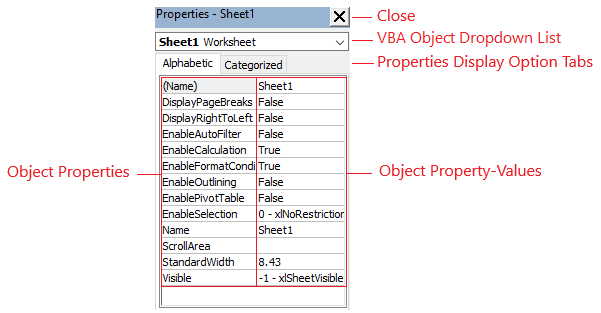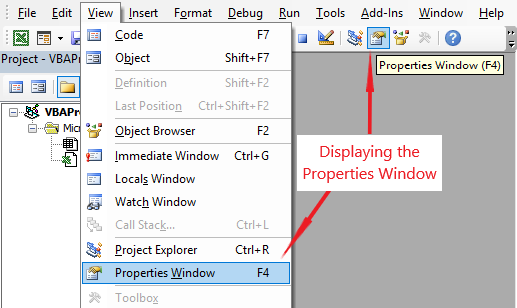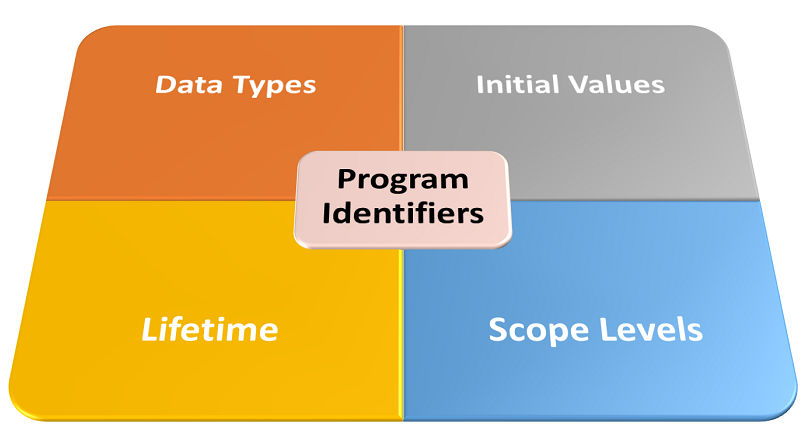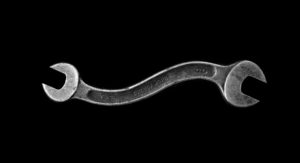This article is part of the Visual Tour of Excel’s Coding Dojo series, exploring each of the Excel VBA Editor’s menus, toolbars, and windows. Here, we’ll take a close look at the Excel VBA editor’s Properties window.
“You possess all the attributes of a demagogue; a screeching, horrible voice, a perverse, crossgrained nature and the language of the market-place. In you, all are united, which is needful for governing.”
Aristophanes
If you wish to skip to any of the other posts in the series, click on any of the topics listed below:
- How to Open the VBA Editor in Excel
- Exploring each VBA Editor Menu in Excel
- Exploring each VBA Editor Toolbar in Excel
- Getting Started with the Project Explorer
- Exploring the VBA Editor’s Code Window
- Exploring the VBA Editor’s Immediate Window
- Getting Started with the Locals Window
- Getting Started with the Watch Window
Meet your Mat! The VBA Editor
Most great martial artists first had to get intimate with their dojo. Likewise, to master Excel VBA, you’ll have to get comfy loitering in its coding dojo, the VBA Editor. Naturally, the first step is to open the VBA editor.
“The Dojo is the only place you can die and come back to life, so use it.”
kyoshi Larry Mabson (American karateka)
I, for one, know how daunting the Excel VBA editor can appear to beginners – just take a look at the overview below! However, looks can be deceiving; at least that’s true here. I say that because anyone familiar with programming IDEs will tell you that the VBA editor is one of the more user-friendly IDEs out there.
IDE stands for Integrated Development Environment. They are software that consolidates application development tools.

Most developers only use a few of the VBA Editor’s menus, toolbars, and windows. As a result, they miss out on several tools that would make their work less stressful and enhance their productivity.
But you are not most developers, are you? For one thing, you are here, so I take it you would like to max out your VBA programming potential. Brilliant! You are well on your way there.
Properties Window – Overview
The Properties window opens beneath the Project Explorer in the VBA Editor by default. To display the Properties window, you select it from the View menu or click the Properties window icon in the Standard toolbar or press the F4 key. The image below illustrates these display methods. Also, you can press the “Alt + V + W” keyboard shortcut to show the Properties window.
Properties Window – Layout
The image below shows the Properties window’s buttons, property area, and property-value area. You edit a property by clicking its property-value cell and entering new values or picking values from built-in dropdown lists.

There are two aptly labelled buttons to toggle the window’s display – Categorized and Alphabetic. At first, the Categorized view is somewhat confusing as some properties do not fit into a specific category. Also, few properties fall in unexpected categories in the Categorized display. In time, you’ll work out a preference.
Properties Window – Uses
The Properties window lets you view/edit the properties of VBA objects such as projects, worksheets, workbooks, modules or class modules, UserForms or controls. Moreover, you select VBA objects by using the Project Explorer or the dropdown list atop the Properties window, as depicted in the image below.
The Long and Short of It
You now know all there is to know about the VBA editor’s Properties window. The Properties window lets you view/edit the properties of VBA objects. Also, if it isn’t displayed by default in your VBA editor, you can select it from the View menu or click the Properties window icon in the Standard toolbar, or press the “F4” key or the “Alt + V + W” keyboard shortcut.
You can also check out the Office Dev Center page for more info on the VBA editor’s Properties window.
As I mentioned earlier, this article is part of the Visual Tour of Excel’s Coding Dojo series exploring each of the Excel VBA Editor’s menus, toolbars, and windows. To check out any of the other posts in the series, click on topic links below:
- How to Open the VBA Editor in Excel
- Exploring each VBA Editor Menu in Excel
- Exploring each VBA Editor Toolbar in Excel
- Getting Started with the Project Explorer
- Exploring the VBA Editor’s Code Window
- Exploring the VBA Editor’s Immediate Window
- Getting Started with the Locals Window
- Getting Started with the Watch Window




![The While – Wend statement’s syntax. Square brackets, [ ], indicate optional items.](https://masterofficevba.com/wp-content/uploads/2021/03/While_Wend_Statement_Syntaxnew.png)
![The Do – Loop Until statement’s syntax. Square brackets, [ ], indicate optional items while vertical bars, |, indicate mutually exclusive items.](https://masterofficevba.com/wp-content/uploads/2021/03/Do_Loop_Until_Statement_Syntaxnew.png)
![The Do – Loop While statement’s syntax. Square brackets, [ ], indicate optional items while vertical bars, |, indicate mutually exclusive items.](https://masterofficevba.com/wp-content/uploads/2021/03/Do_Loop_While_Statement_Syntaxnew.png)
![The Do Until – Loop statement’s syntax. Square brackets, [ ], indicate optional items.](https://masterofficevba.com/wp-content/uploads/2021/03/Do_Until_Loop_Statement_Syntaxnew.png)









